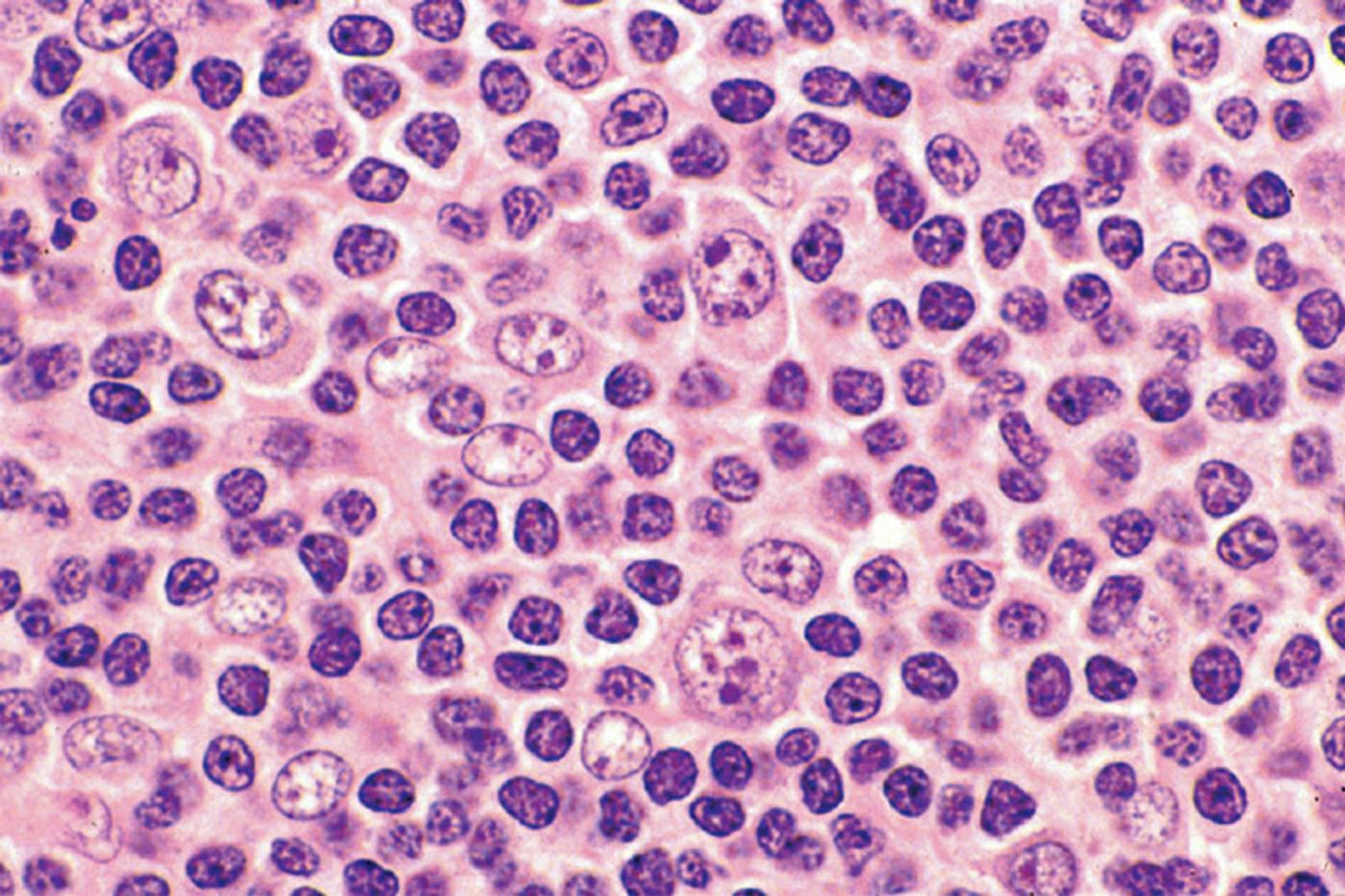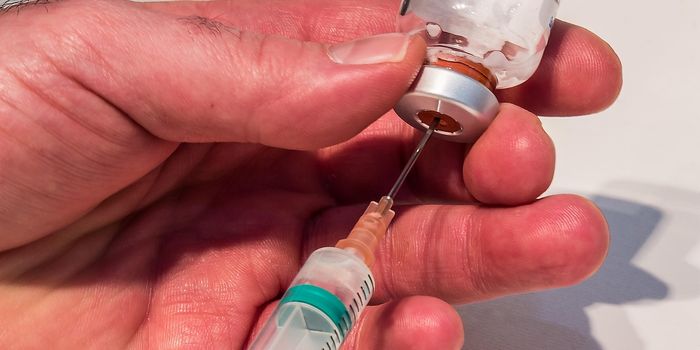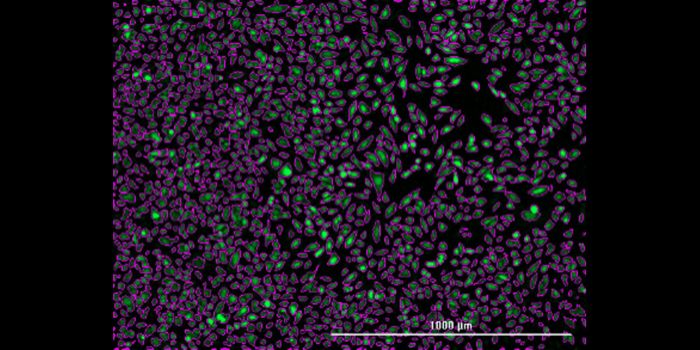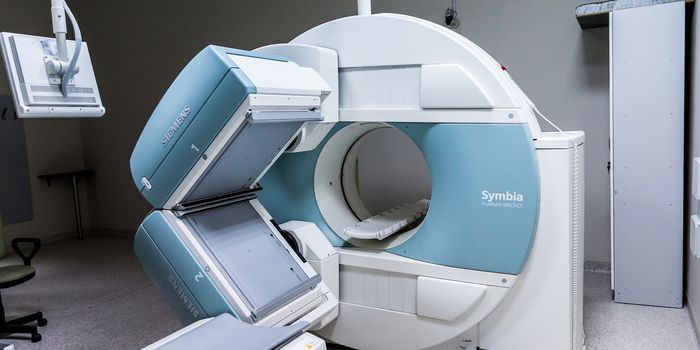The product pipeline for Non-Hodgkin Lymphoma (NHL) exhibits a lower degree of innovation than both the industry and oncology average, with just 28 percent of all pipeline products, or 33 percent of the pipeline for which there is a disclosed molecular target, categorized as first-in-class, according to business intelligence provider GBI Research. The report said that this is in comparison to industry, breast cancer and lung cancer innovation rates of 43 percent, 57 percent and 59 percent, respectively.

GBI’s latest report claims that while NHL, collectively, is the sixth to tenth most common cancer dependent on territory, each individual subtype is classified as an orphan disease. With significant differences in each subtype’s genetic profile and current treatment, there is reduced scope for the development of a targeted therapy with cross-subtype activity, explains Katie Noon, senior analyst, GBI Research, in an article in
Drug Discovery & Development.
This factor makes NHL drug development a less attractive investment than other indications in oncology, especially as survival durations across many NHL subtypes are relatively strong, and likely the reason for low first-in-class innovation levels. There is innovation in varying degrees across the majority of molecular target families and development stages for NHL therapeutics, rather than limited to a particular subset of therapies.
Additionally, according to the report, there is a considerable range of clinical potential across treatments with first-in-class status, especially those restricted to the early-stage NHL pipeline. Some targets, including spleen tyrosine kinase, have a great deal of supporting scientific and clinical evidence, while others have offered mixed results in preclinical studies and lack clarity on their role in disease pathophysiology.
GBI report also adds that despite the difficulty of several targeted NHL therapies in achieving improved efficacy rates, the development of such treatments remains of key interest across NHL. Noon says that it is hoped that one of these many targeted therapy pipeline products will repeat the success seen with rituximab, which greatly changed the NHL treatment landscape after its approval. Gaps in the treatment algorithm include “maintenance therapies to prolong initial or subsequent durations of remission, and improved therapies for relapsed patients, particularly those with a second or subsequent relapse,” the report says.
According to the
American Cancer Society, non-Hodgkin lymphoma (also known as non-Hodgkin’s lymphoma, NHL, or sometimes just lymphoma) is a cancer that starts the lymphocytes, part of the body’s immune system. Lymphocytes are in the lymph nodes and other lymphoid tissues, including the spleen and bone marrow.









